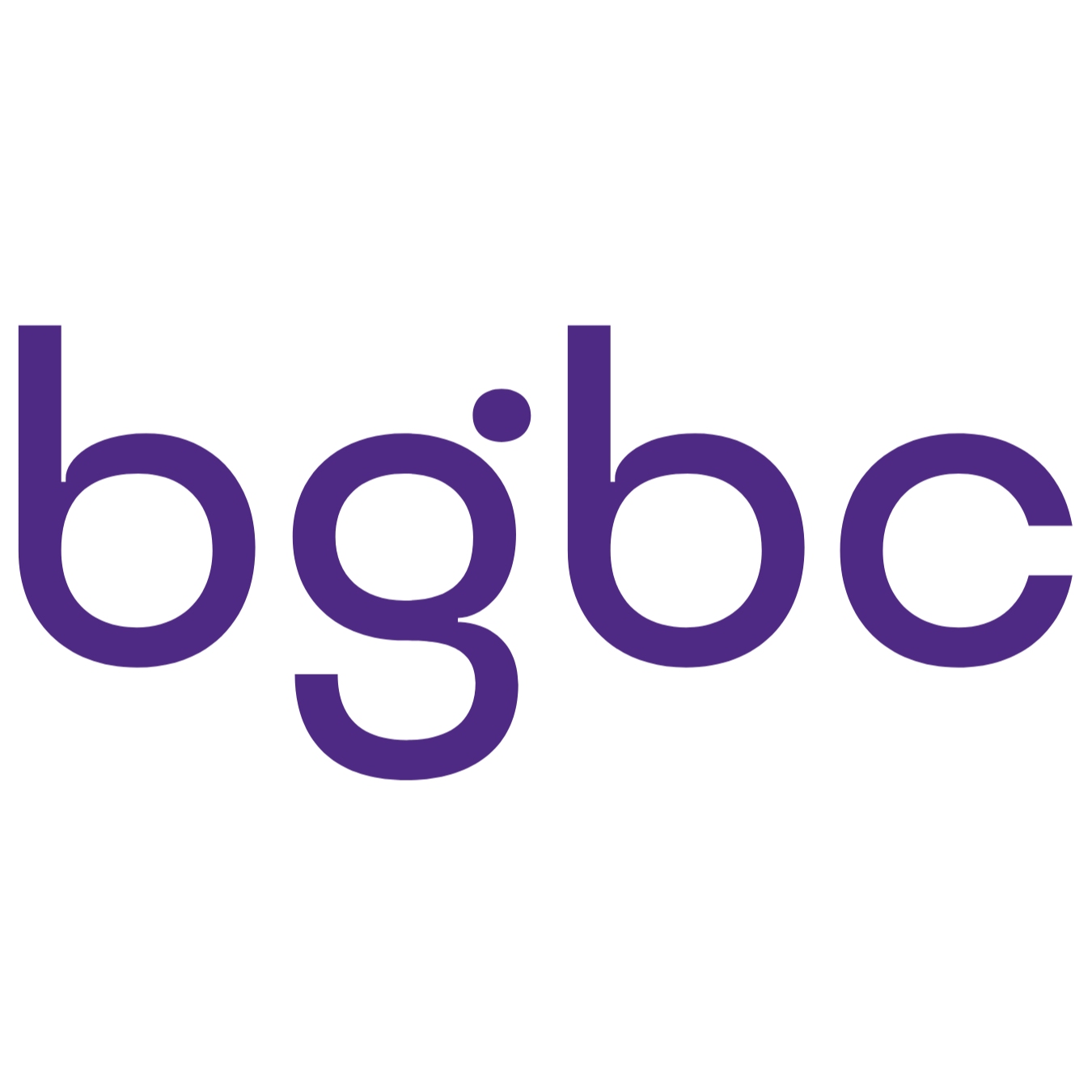How to Build a Website for a Small Business: A Step-by-Step Guide That Works
- BGBC

- Oct 28
- 3 min read

Building a website for your small business can feel overwhelming — especially if you’re not a tech expert. The truth is, you don’t need to be. What you do need is a clear plan, the right tools, and a focus on strategy before design.
At Big Guy Business Consulting (BGBC), we’ve helped dozens of small businesses transform their online presence — not just with pretty websites, but with websites that work.Here’s how you can do the same.
Step 1: Define Your Website Goals
Before you touch a design template, ask:👉 What do I want my website to achieve?
Common goals include:
Generating leads or appointments
Selling products or services online
Educating customers
Establishing credibility in your local market
When you define clear goals, your content, structure, and design all align toward measurable outcomes.
Step 2: Choose the Right Platform
There’s no one-size-fits-all solution, but here’s a simple breakdown:
Wix or Squarespace – Great for small businesses wanting an easy, visual builder with integrated hosting and minimal maintenance.
WordPress – More flexibility, especially if you need custom features or plan to scale.
Shopify – Ideal for eCommerce-based businesses.
💡 BGBC tip: Start with a platform that grows with you. Don’t overbuild — optimize.
Step 3: Structure Your Website Strategically
Every page should have a purpose. A solid small business site usually includes:
Home Page – Your elevator pitch and first impression.
About Page – Builds trust through your story and credibility.
Services or Products Page – Clear, benefit-focused details on what you offer.
Testimonials or Case Studies – Social proof drives conversions.
Contact Page – Simple, easy-to-find forms and direct contact options.
Keep your navigation simple — 5 to 7 main pages max.
Step 4: Create Compelling, SEO-Friendly Content
Content is what turns visitors into customers.Your copy should be:
Clear: Say what you do in plain English.
Helpful: Anticipate customer questions and answer them upfront.
Search-Optimized: Include relevant keywords like “website development for small business,” but naturally.
And don’t forget visuals — high-quality images, icons, and consistent branding make your site memorable.
Step 5: Design for Mobile and User Experience (UX)
More than 60% of small business website traffic comes from mobile devices.Make sure your site:
Loads fast (under 3 seconds)
Looks great on phones and tablets
Uses clear call-to-action buttons (e.g., “Book a Consultation,” “Get a Quote”)
Has contact info accessible from every page
If users can’t navigate easily, they’ll leave — and Google will notice.
Step 6: Optimize for Performance and Analytics
Before you launch, set up:
Google Analytics & Search Console
On-page SEO (titles, meta descriptions, alt text)
Speed optimization tools
Basic lead tracking
Data is your best friend. It tells you what’s working and where to improve.
Step 7: Launch and Keep Improving
Launching your website is just the beginning.Successful small businesses treat their websites like living systems — continuously updated with new content, blog posts, and customer feedback.
At BGBC, we call this the “Build–Optimize–Grow” cycle:
Strategy → Execution → Optimization → Repeat.
Bonus: When to Hire a Professional
If you want your website to drive growth, not just exist, a professional developer or marketing consultant can accelerate your progress.They’ll help you:
Refine strategy
Customize design
Integrate CRM or automation tools
Build a website that’s ready to scale
💼 BGBC specializes in small business website development — from strategy to launch and ongoing optimization.
Final Thoughts
You don’t need the biggest budget or fanciest platform to build a website that works.You just need clarity, consistency, and a system that aligns with your business goals.
Whether you build it yourself or partner with experts like BGBC, the right website will become the foundation of your marketing — and a key driver of your growth.



Comments